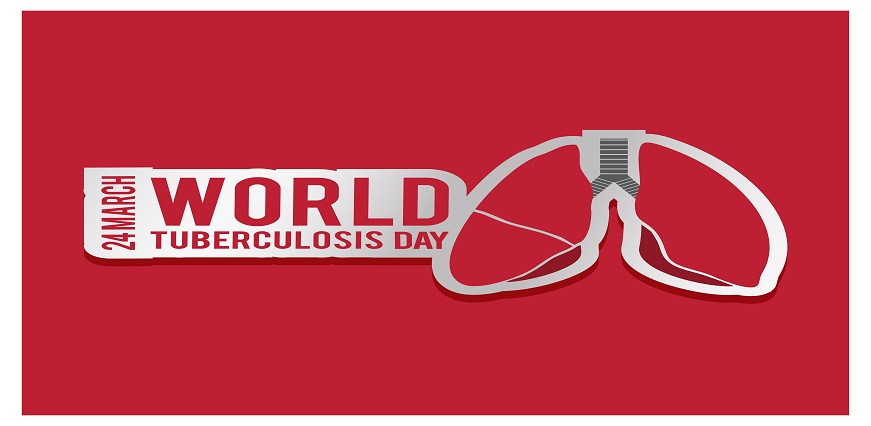





No lab centers are available in this city

Max Lab
May 05, 2023
If you or a loved one has recently been diagnosed with this rare form of blood cancer, it's natural to have questions and concerns. In this article, we'll delve into the causes, symptoms, diagnosis, treatment options, and prognosis for chronic eosinophilic leukemia. Max Lab provides you with the information you need to better understand this disease and feel more confident as you navigate through your treatment journey. So let's get started!
Chronic eosinophilic leukemia, also known as CEL, is a rare type of blood cancer that affects the bone marrow. This disease occurs when the body produces too many abnormal white blood cells called eosinophils. These cells play an important role in our immune system by fighting off infections and parasites.
One possible cause of chronic eosinophilic leukemia is genetic mutations which can lead to abnormal growth and division of cells in the bone marrow. Exposure to radiation or chemicals such as benzene may also increase the risk of developing this disease.
Chronic inflammation due to allergies or autoimmune disorders may play a role in the development of chronic eosinophilic leukemia. In addition, some cases have been linked to previous infections with parasites or viruses.
While these potential causes do not guarantee someone will develop chronic eosinophilic leukemia, it is important to be aware of any personal risk factors. Regular full body health check-ups with your doctor and early detection can greatly improve treatment outcomes for those diagnosed with this rare form of blood cancer.
Diagnosing chronic eosinophilic leukemia (CEL) can be challenging, as its symptoms are similar to those of other blood cancers. If your doctor suspects that you may have CEL, they will likely begin the diagnostic process by conducting a physical exam and requesting a complete blood count (CBC test).
The CBC test measures the number of red and white blood cells in your bloodstream, including eosinophils. Elevated levels of eosinophils can indicate CEL.
If the results of your CBC suggest that you might have CEL, your doctor may order additional tests such as bone marrow biopsy or genetic testing to confirm the diagnosis.
A bone marrow biopsy involves removing a small sample of bone marrow from your hipbone using a thin needle. The sample is then examined under a microscope for abnormalities in cell growth and structure.
Genetic testing looks for specific gene mutations known to be associated with CEL. This type of testing can help determine which treatments are most likely to be effective.
The treatment of chronic eosinophilic leukemia (CEL) varies depending on the severity and progression of the disease. In some cases, patients may not require any immediate treatment if their symptoms are mild and manageable.
In more severe cases, bone marrow transplants may be necessary to replace damaged cells with healthy ones. This procedure involves taking stem cells from a donor or from the patient's own body and transplanting them into the affected area.
Managing symptoms is an important part of treating CEL. Regular check-ups with a healthcare professional can help ensure that treatments are working effectively and that any new symptoms are addressed promptly.
Chronic eosinophilic leukemia is a rare form of blood cancer that affects the production and function of white blood cells in the body. While there is no known cure for this disease, early diagnosis, and treatment can help manage symptoms and prolong life expectancy.
Diagnosis involves a series of tests such as blood work and bone marrow biopsy. Treatment options depend on individual circumstances and the severity of the disease. Common treatments include chemotherapy drugs and targeted therapy drugs that specifically target cancer cells while sparing healthy ones.












Sign up takes less than 60 secs and gives you access to your offers, orders and lab tests.
Looks like you are not registered with us. Please Sign up to proceed
OTP will be sent to this number by SMS
We have successfully received your details. One of the agents will call you back soon.
 To reach our help desk call 9213188888
To reach our help desk call 9213188888
No Lab Centers are available in this city
Looks like you are not registered with us. Please Sign up to proceed
OTP will be sent to this number by SMS
Not Registered Yet? Signup now.Looks like you are not registered with us. Please Sign up to proceed





 7982100200
7982100200.png)
Comments